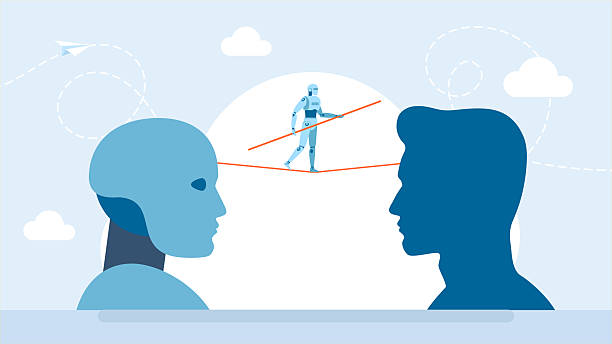It goes in blind but it comes out brilliant.

You fit a helmet over a thought and press launch.
You send something curious into a place it has never seen a warehouse at dawn, a chaotic customer inbox, a river of medical records and hope it learns the language of the world you asked it to serve.
An AI agent departs blank-eyed and hungry for pattern. It arrives later with a map it drew from experience: shortcuts where confusion lived, gentle heuristics where people once burned time, and new questions you never thought to ask.
1. The Lift-Off Trust in a Tiny Pulse
The first moments are brittle. Models boot, data streams warm, and thresholds tremble. You hold your breath as the agent takes its first steps: classifying, routing, suggesting. That first correct nudge a ticket routed right, a patient triaged faster feels like the radio check from a faraway pilot. You answer, “Loud and clear.”
2. The Learning Orbit From Blindness to Knowing
Thrown into noise, the agent listens. It mistakes at first: misreads slang, misses context, learns the hard way that empathy cannot be faked. Then, stitch by stitch, it builds intuition. Patterns sharpen. It learns that a late message is often a tired one, that a repeated query hides a user who needs help beyond the FAQ. Its confidence grows into careful competence.
3. The Improvisation Creativity Where Rules Fail
Rigid scripts fold where reality bends. But the deployed agent improvises. When supply chains detour, it reroutes orders. When storms flood clinics, it prioritizes fragile meds. It doesn’t just execute code it composes small symphonies of solutions from the parts it has. That improvisation is not computation alone; it is the machine’s version of improvisational courage.
4. The Return Lessons Brought Home
When you debrief, you realize the mission changed you, too. The agent’s reports reveal blind spots you’d missed: friction points, emotional contours, moments where a human touch still matters most. You bring those lessons back to redesign teams, retrain staff, and rewrite processes. The field shapes the lab as much as the lab shaped the field.
5. The Covenant Boundaries, Ethics, and Humility
Missions demand rules. An agent’s brilliance is only as humane as the guardrails you build: privacy, explainability, and the ability for a human to override. You must teach it deference to escalate when heartbeats, not heuristics, matter. The bravest deployments are the ones that know their limits.
6. The Partnership Human and Machine, Mission Always Shared
The agent is not a lone explorer. It is a partner, a tireless scout that brings back signals, a scribe that frees hands, a first responder that buys time for the human who will stay. When the machine acts with care, people can be more human: kinder, more patient, more present.
Sending an AI on a mission is less about control and more about choreography. You don’t command it to feel; you teach it to notice. You don’t expect it to replace judgment; you give it the job of freeing judgment to flourish.
You launch a mind into the unknown and, if you steward it gently, it returns brilliant a mirror showing not only what machines can do, but what we can be, together, when we let curiosity lead with courage.
